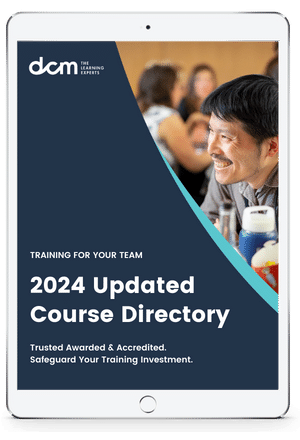What is the Scaled Agile Framework (SAFe)?
The Scaled Agile Framework, or SAFe, methodology is an agile framework for development teams built on three pillars: Team, Program, and Portfolio. SAFe is designed to give team flexibility and to help manage some of the challenges larger organizations have when practising agile. It is designed not so much as a single methodology, but as a broad knowledge base of proven best practices that real teams have used to deliver successful software products.
What’s the History of the Scaled Agile Framework?
The SAFe framework was introduced in 2011. It was originally called the “Agile Enterprise Big Picture” by software-industry veteran Dean Leffingwell, who published the bestselling book Agile Software Requirements. The Big Picture described how to leverage existing agile frameworks such as Lean, Kanban, Scrum, and XP—and apply them at the Team, Program, and Portfolio.
Today, SAFe’s entire catalogue of knowledge and success patterns is all available for free, and it has become one of the most popular agile frameworks.
What are the Strengths and Weakness of SAFe?
SAFe’s strengths include:
- Helps cross-functional teams collaborate more effectively
- Helps organizations achieve greater transparency
- Aligns all aspects of a project to the broader business goals
SAFe’s weaknesses include:
- Some believe the framework is not pure agile, because requires too much upfront planning and process definition
- Also takes more of a top-down approach rather than a team-based approach
Should You Use the Scaled Agile Framework?
SAFe is most-popular among enterprise organizations as many of its facets focus on eliminating the common challenges teams face when scaling agile.
If your company is just beginning to transition to agile, SAFe might be a viable option to bridge that gap because of its more prescriptive approach than, say, Disciplined Agile (DA), which offers more flexibility and customization but also requires an organization fully understand the agile philosophy already.
It is worth noting, however, that SAFe’s top-down approach to decision making and project management can undermine some of the core agile principles—such as collective ownership, adaptiveness, and less fixed roles—that might have attracted your team to agile in the first place.
Source: Product Plan





